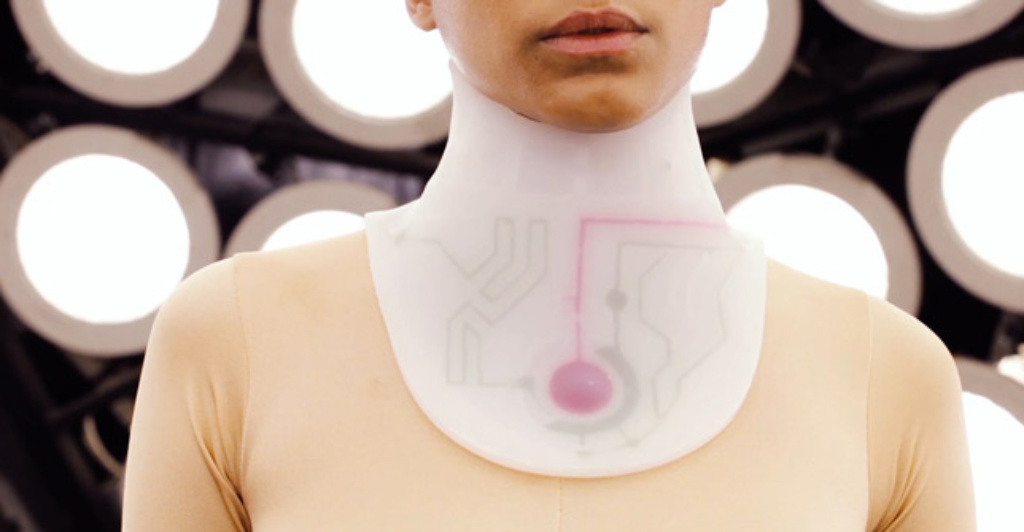Originally shared by Greg Batmarx
Looking for a ray of sunshine amidst seemingly endless news of the warming planet, global biodiversity loss, or ongoing war?
You might want to head over to Seeds of a Good Anthropocene a website developed by a team of international researchers to spotlight global initiatives or “seeds” from the grassroots that help pave the path towards a more just, sustainable world. Think the permaculture system developed from Australian researchers and designers Bill Mollison and David Holmgren, or The Leap Manifesto, a call to care “for the Earth and one another,” or the Ngäbe-Buglé Struggle to Protect Environmental Resources in Panama.
We’re building these global pathways from the bottom up, by crowdsourcing a rich data base of ‘bright spots,’ real places that demonstrate one or more elements of a positive future that might serve as seeds of a good Anthropocene. Elena Bennett, McGill University
One of the researchers, Elena Bennett, an ecosystem ecologist and geographer at McGill University, explained last week at the New York Times that Unlike previous scientific efforts to build scenarios for future change, which typically rely on structures organized from the top down, we’re building these global pathways from the bottom up, by crowdsourcing a rich data base of ‘bright spots,’ real places that demonstrate one or more elements of a positive future that might serve as seeds of a good Anthropocene.
Bennett and her fellow researchers analyzed 100 of the roughly 500 efforts submitted to the site, and published in the journal Frontiers in Ecology and the Environment what they identified as six overarching themes under which the initiatives fall: agroecology, green urbanism, future knowledge, urban transformation, fair futures, and sustainable futures.
The Sukhomajri village in the Shivalik range of the Himalaya, for example, where residents came together to protect their watershed, would fall under urban transformation theme. A bicycle-powered carrot washer, something you’d find posted with the Farm Hack, a collective of skill-sharing farms, would fall under the sustainable futures category.
Identifying the categories was important, said Bennett, who was also lead author.
As scientists, we tend to be very focused on all the problems she said, so to look at examples of the sustainable solutions that people are coming up with and to move towards asking, ‘What do the solutions have in common?’ is a big change.
Co-lead author Martin Solan a professor in marine ecology at University of Southampton, adds: What’s striking is that our analyses are revealing that many of these initiatives gain traction and spread quickly, and that there are aspects of behavior that are repeated time and time again. I get a sense of relief from that, by learning what does and does not work means, our legacy may not be as dark as we might think.
As many observers have noted, finding what will work is key, as the status quo is simply not an option.
We aim to use the bright spots in groups to help build scenarios of futures that are at once realistic and positive Bennett said. We cannot build what we cannot imagine.
http://www.commondreams.org/news/2016/10/12/good-anthropocene-grassroots-initiatives-worldwide-show-path-forward
